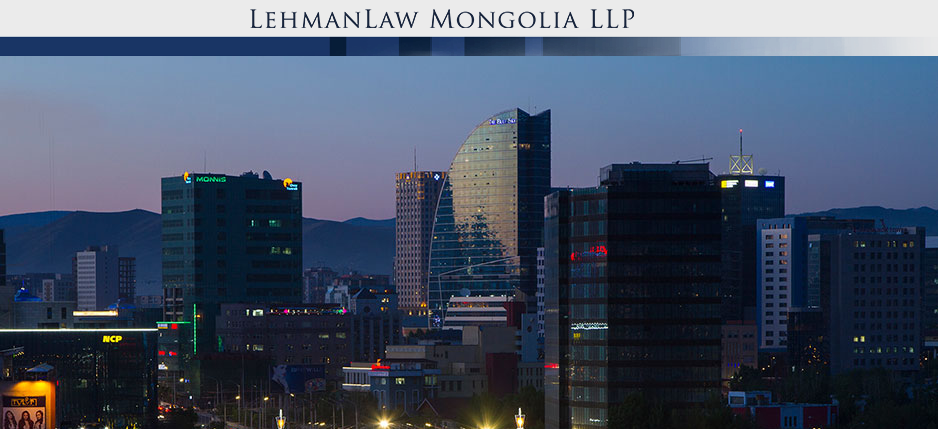The Executive Board of the International Monetary Fund (IMF) on May 24, 2017 approved a three-year extended arrangement under Extended Fund Facility (EFF) for Mongolia to support the country’s economic reform program. Other financing partners, including the Asian Development Bank, the World Bank, Japan, and Korea, have also committed to provide budgetary and project support, and the People’s Bank of China has agreed to extend its swap line with the Bank of Mongolia. In sum, the total financing package amounts to about $5.5 billion. The Board’s approval of the arrangement enabled the immediate disbursement of about $38.6 million. Addition of these funds to reserve currency of Bank of Mongolia had positive impact on the country’s economy and improves outlook for foreign investment.
Prior to each quarterly disbursement, IMF staff monitors and reviews if the country’s progress in meeting the conditions under the program justifies the continuation of disbursement. By this standard IMF staff team visited Ulaanbaatar from July 19 to August 2, 2017 to conduct discussions on the first review of the EFF arrangement. At the end of the visit the IMF staff team concluded that performance under the program has been good, with all quantitative targets on track. According to Bank of Mongolia’s report, the IMF staff’s positive conclusion enabled subsequent funding from above mentioned financing partners within the EFF arrangement. The IMF staff conclusion is subject to review by the management and Executive Board of the IMF. The Board is expected to consider the first review in late September, and this could lead to a disbursement of about $37.82 million.
In the midst of this positive news, Mongolian politics remains unwieldy. On August 23, 2017 thirty members of Mongolian People’s Party (MPP) group in the parliament signed and submitted a petition to dismiss the Prime Minister J.Erdenebat, and consequently, the Government. This is likely to cause some level of political destabilization. History of some countries (e.g. Argentina, Greece) shows that political destabilization may cause IMF to suspend or even cancel its financial aid altogether. Though we have high hopes that these political issues will not escalate to that point in Mongolia.
It is critical that this happens not long after the stir occurred during the Presidential election, in connection with payout of children’s money by the Government. The IMF staff team disapproved such action by the Government. Therefore the Government committed itself to target the Children’s Money Program to less affluent families, which partially led to overall positive preliminary findings of the IMF staff team. Thus any kind of political destabilization may not only affect the further implementation of EFF arrangement, as well as country’s further economic well-being.
According to the Constitution of Mongolia, the petition to dismiss Prime Minister should be discussed and resolved by the parliament within 15 days. We will keep you informed here of the outcome, and potential consequences.
